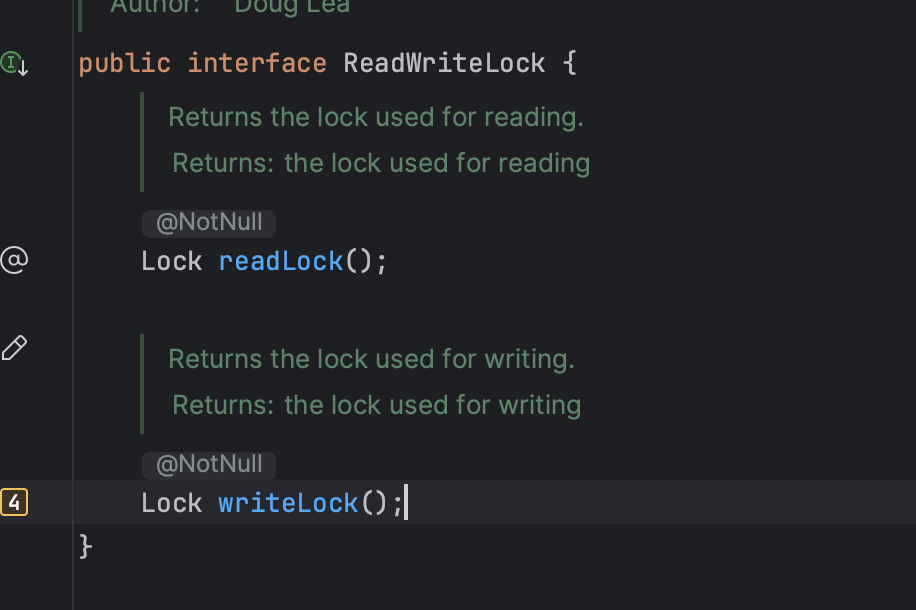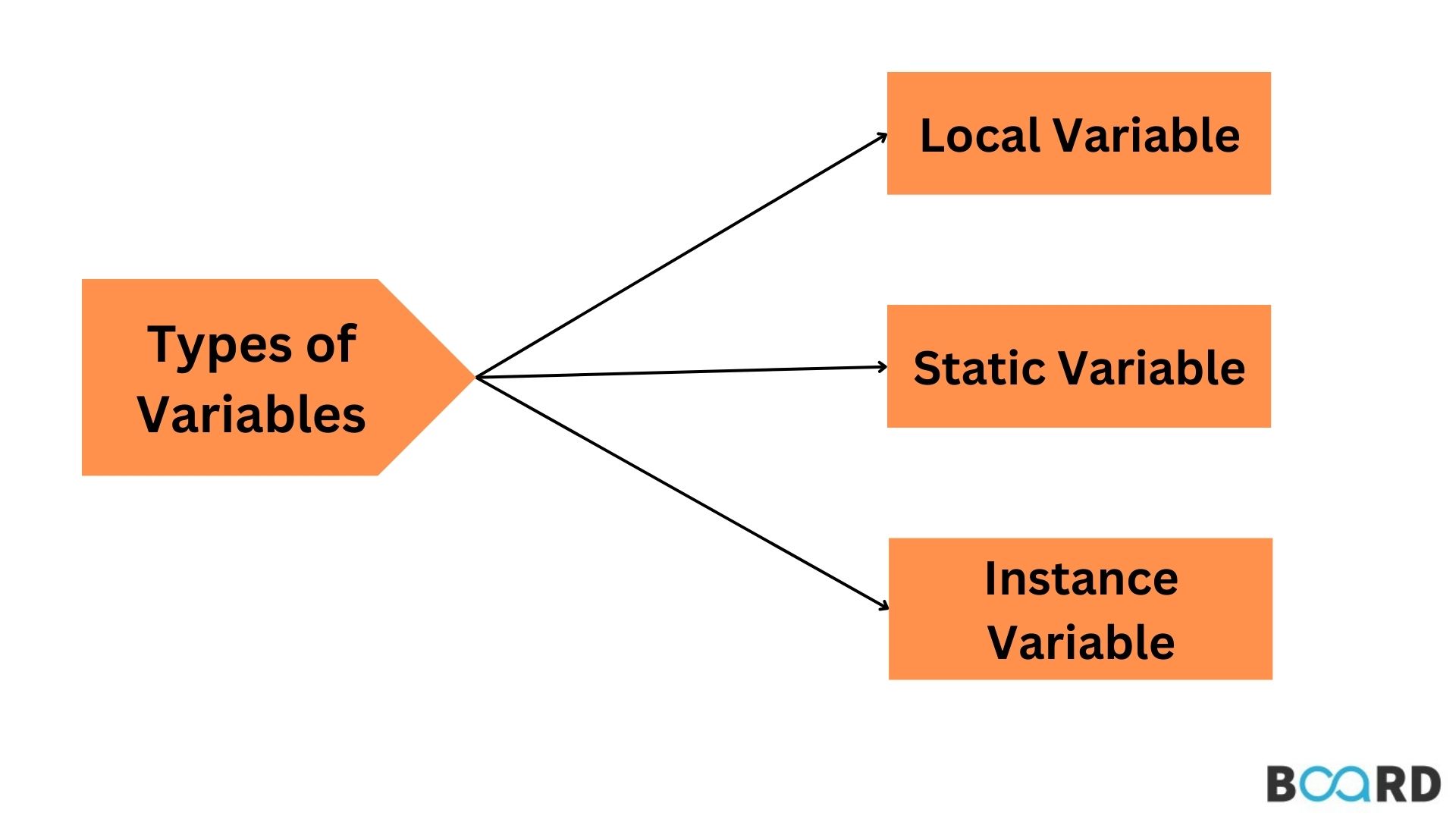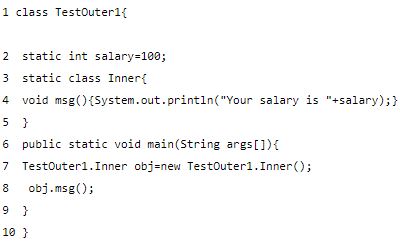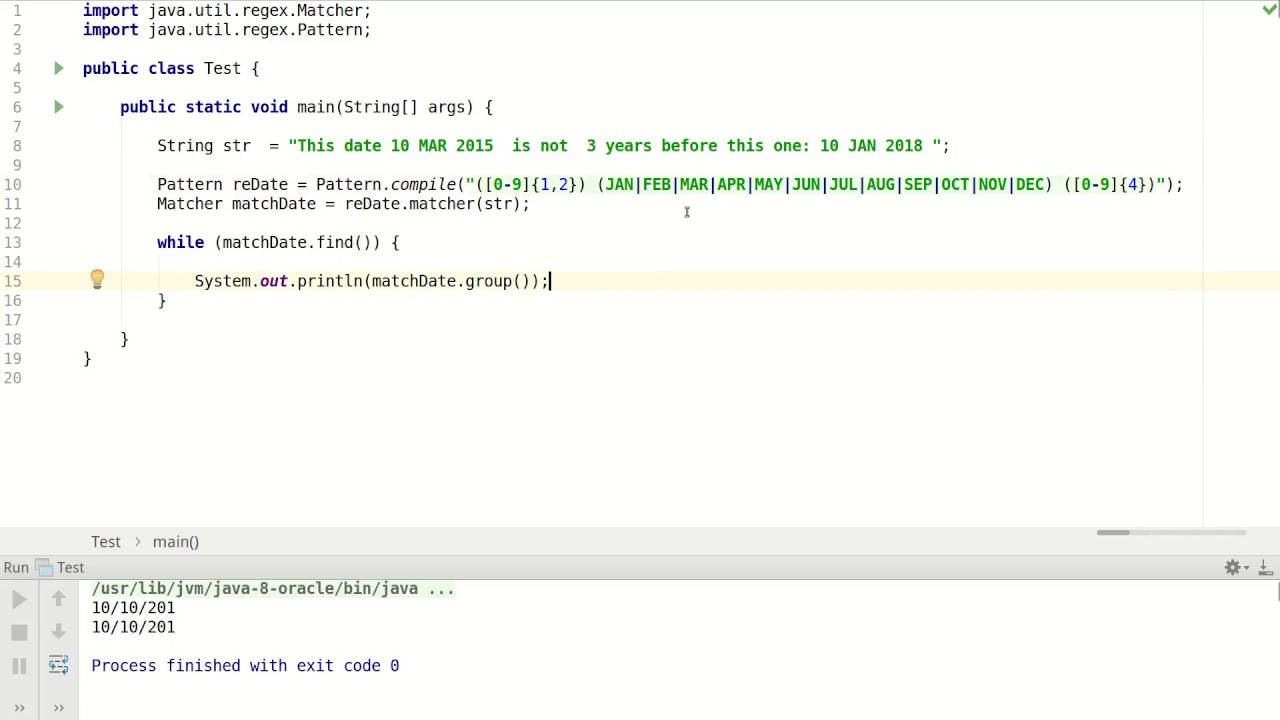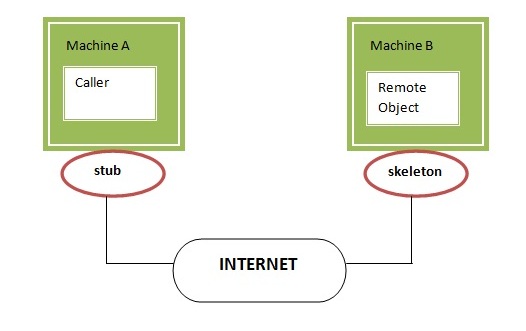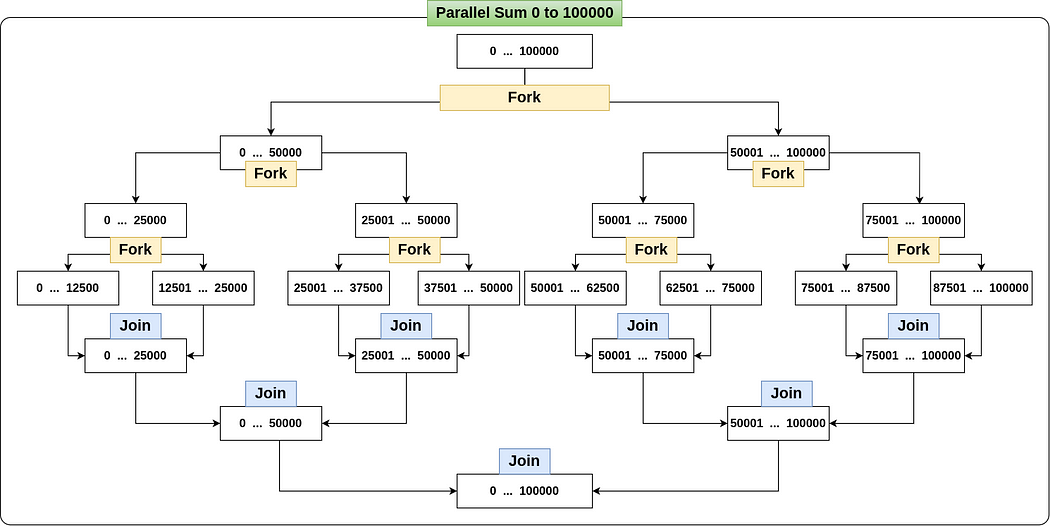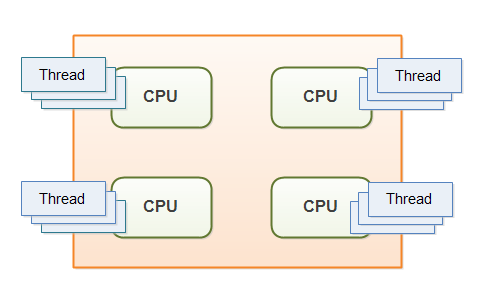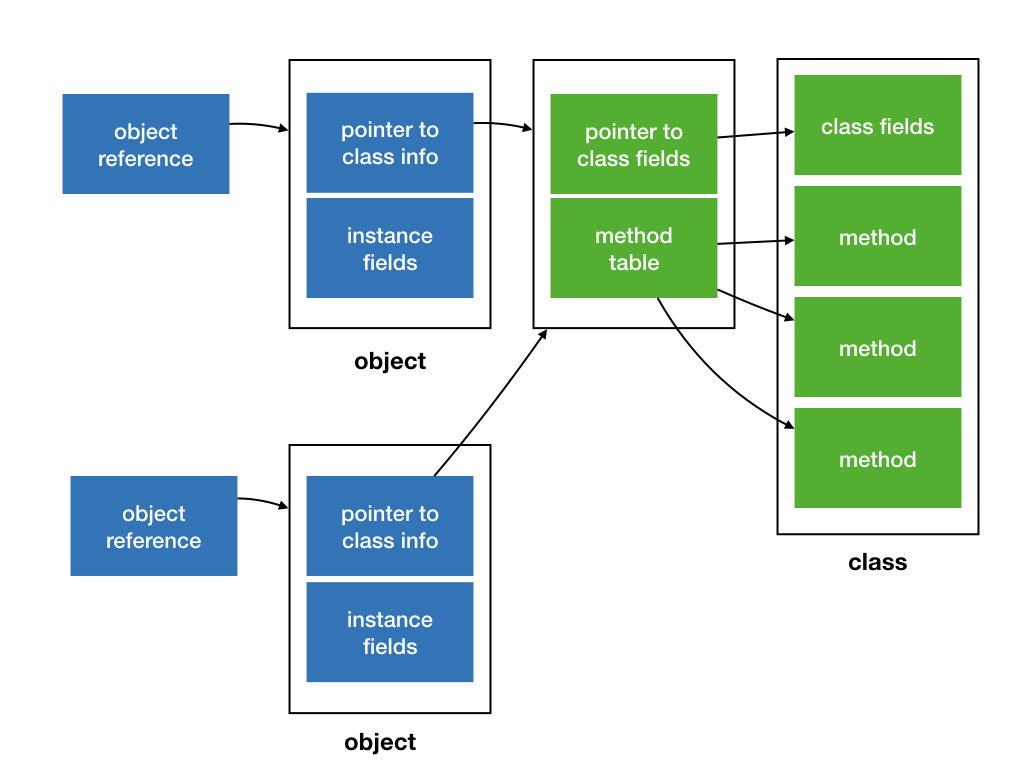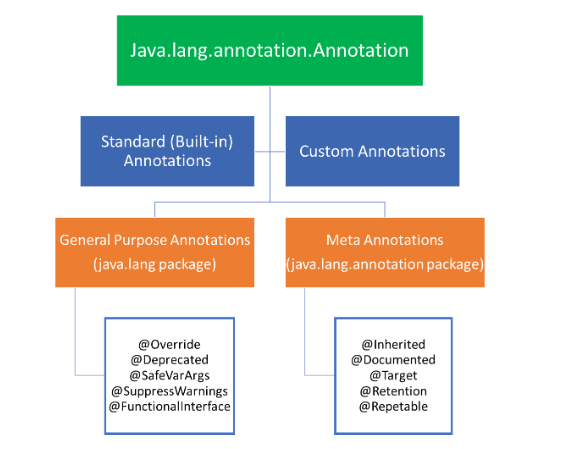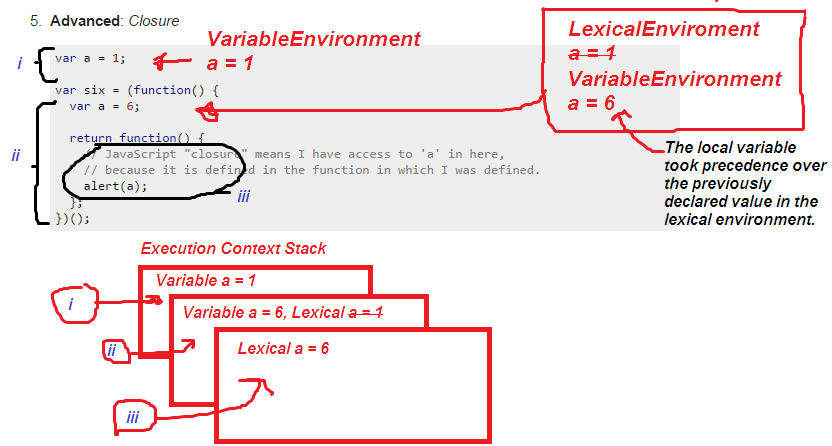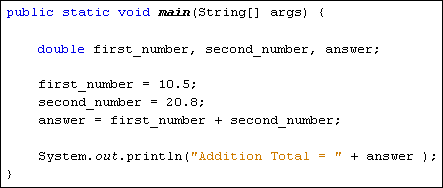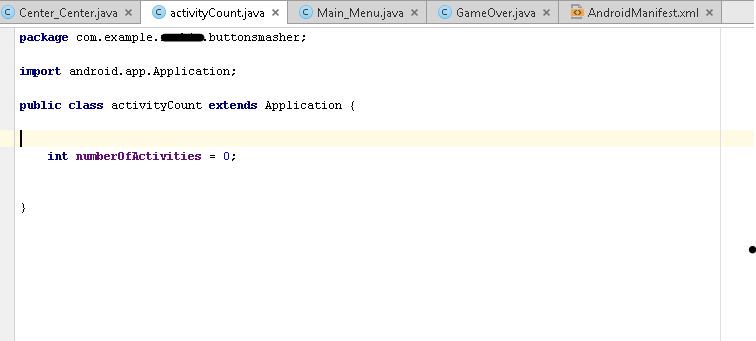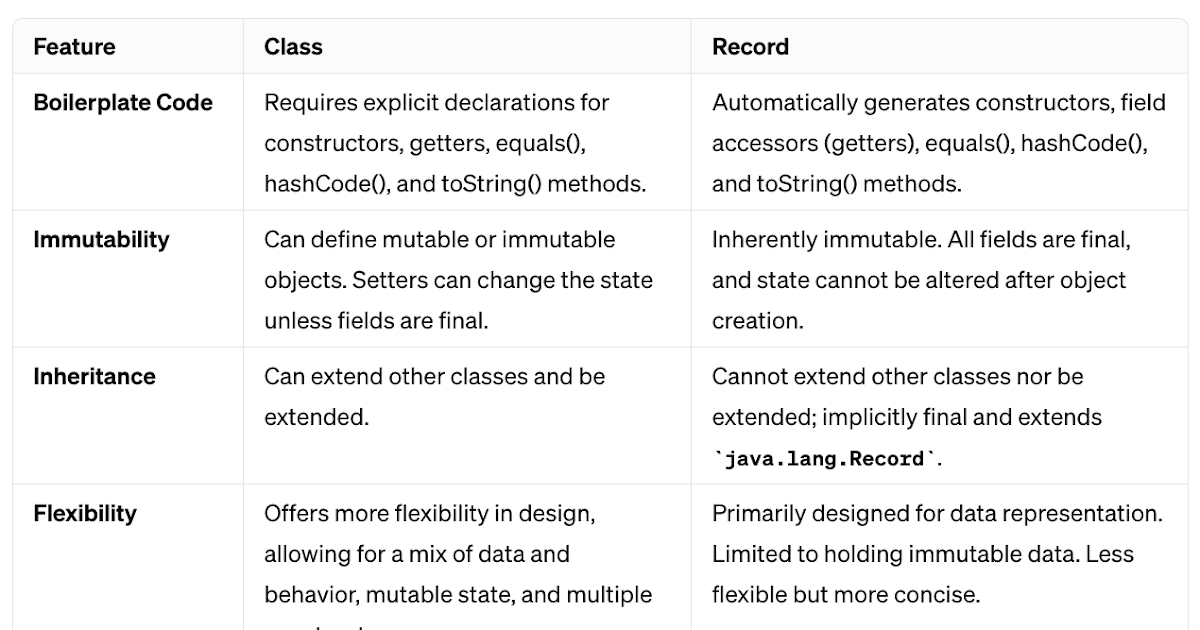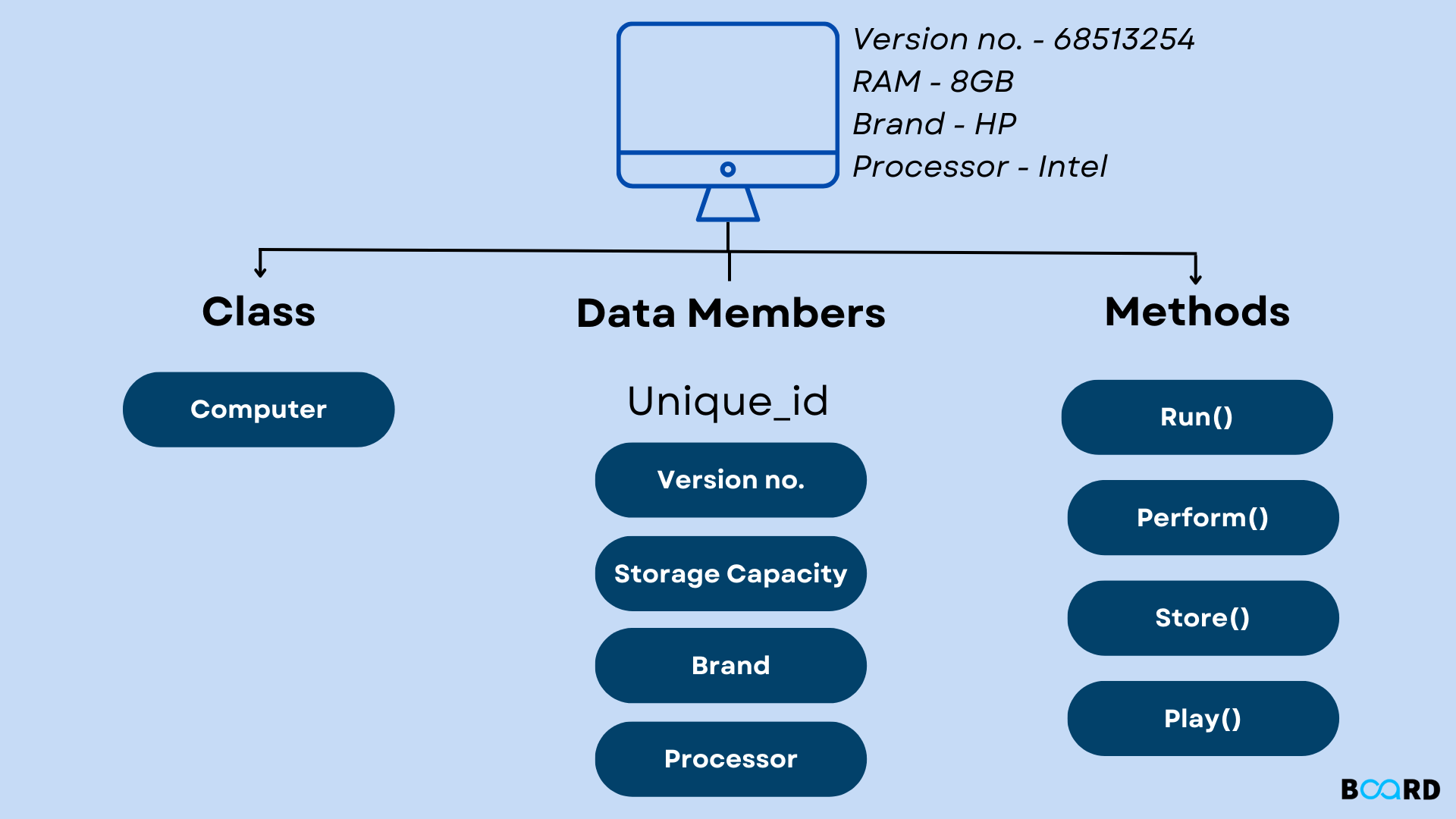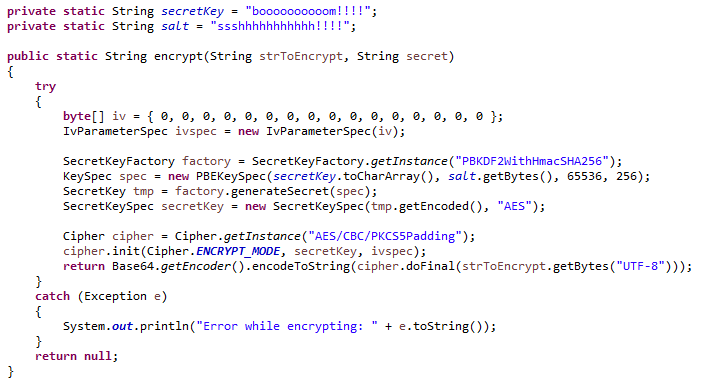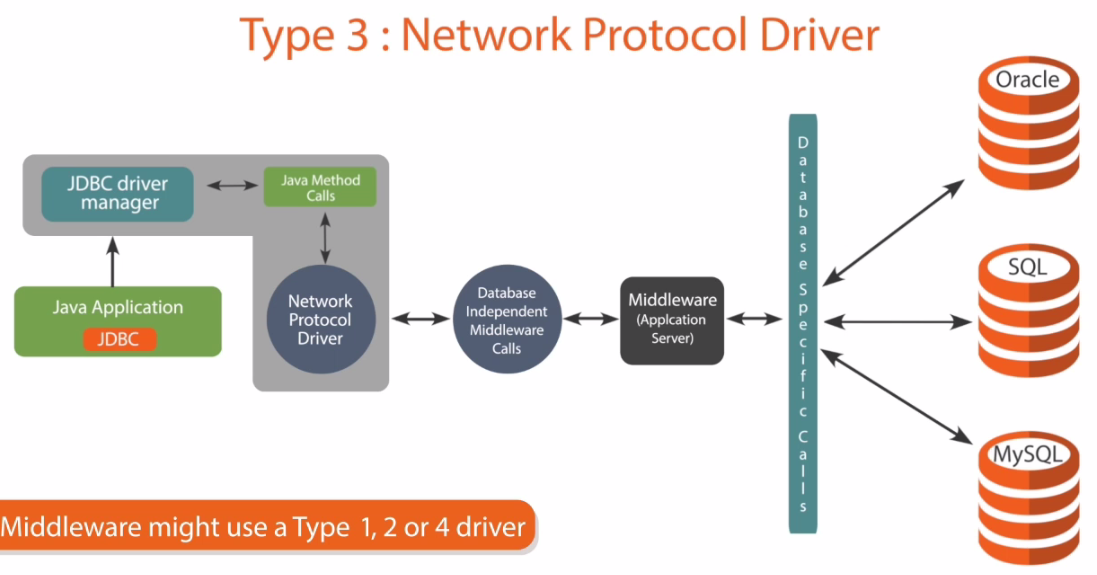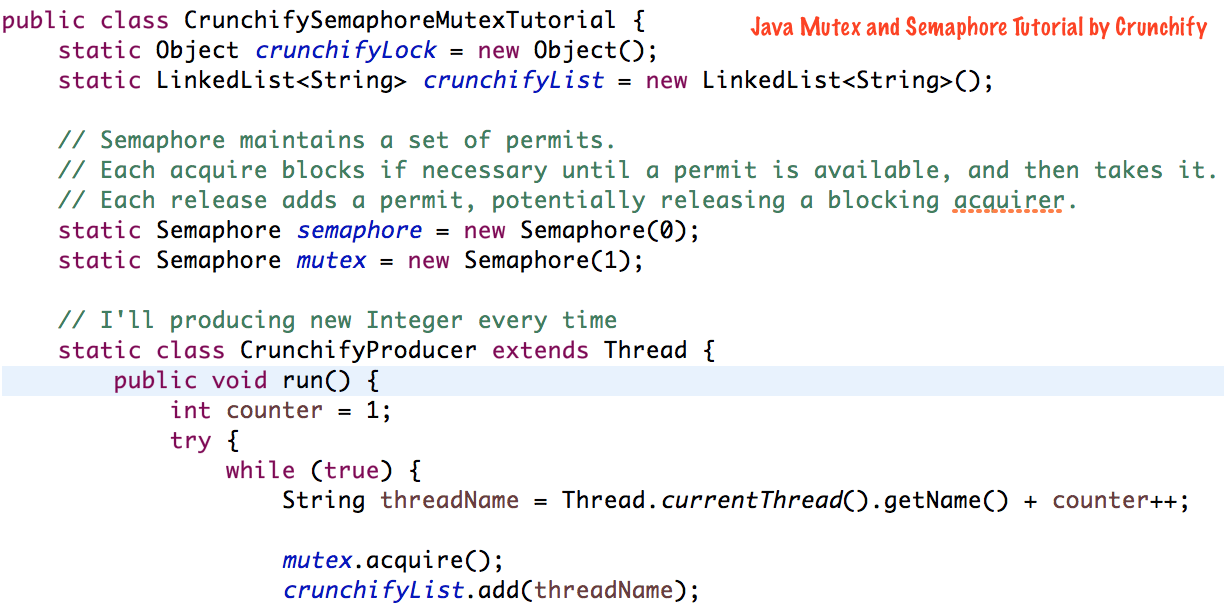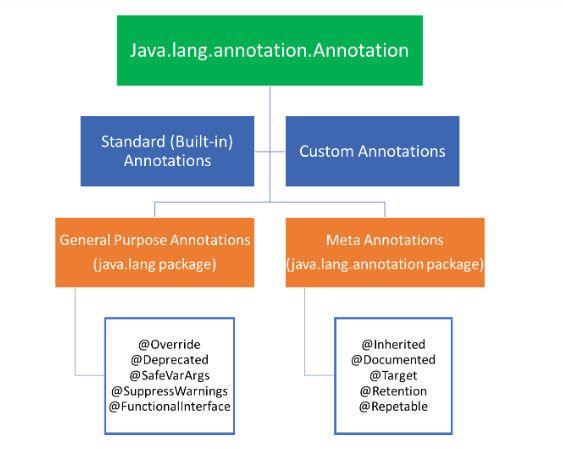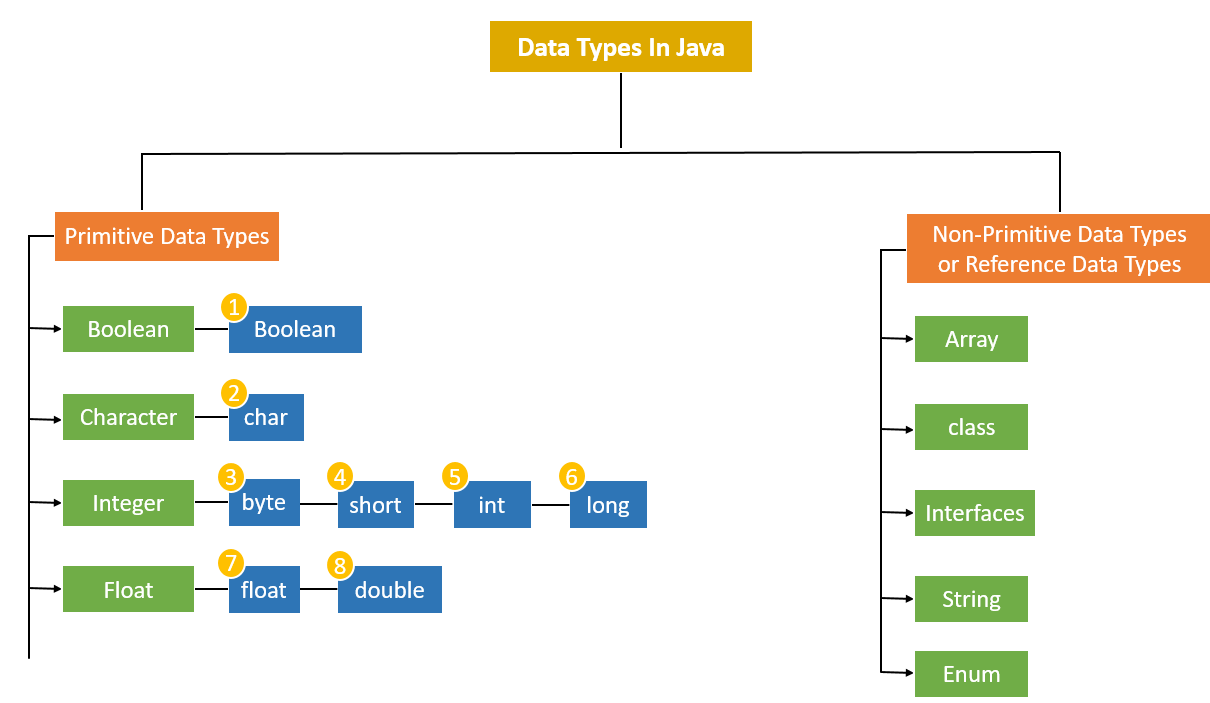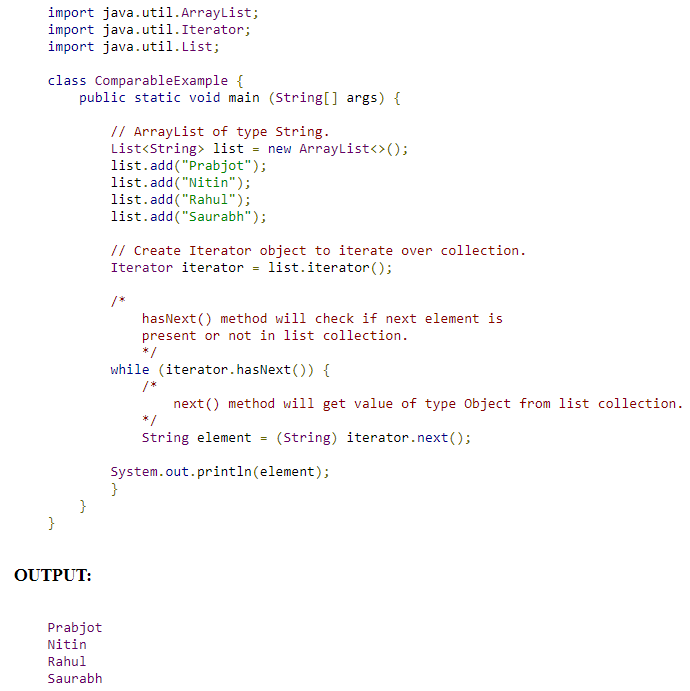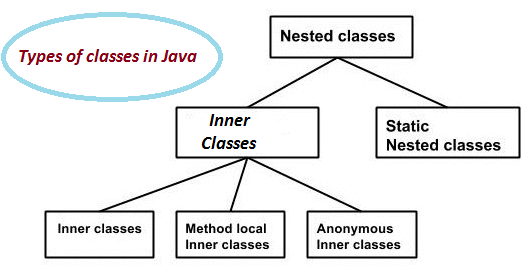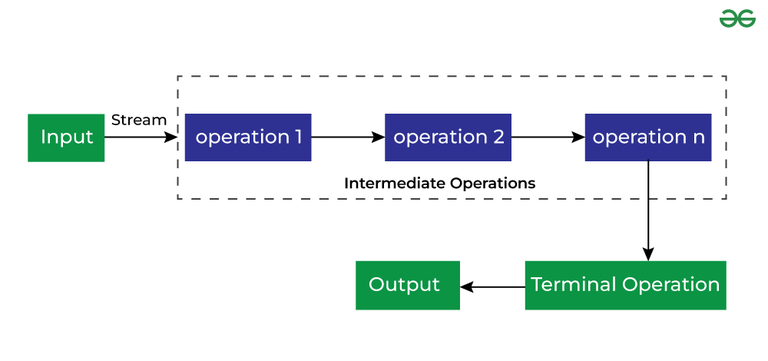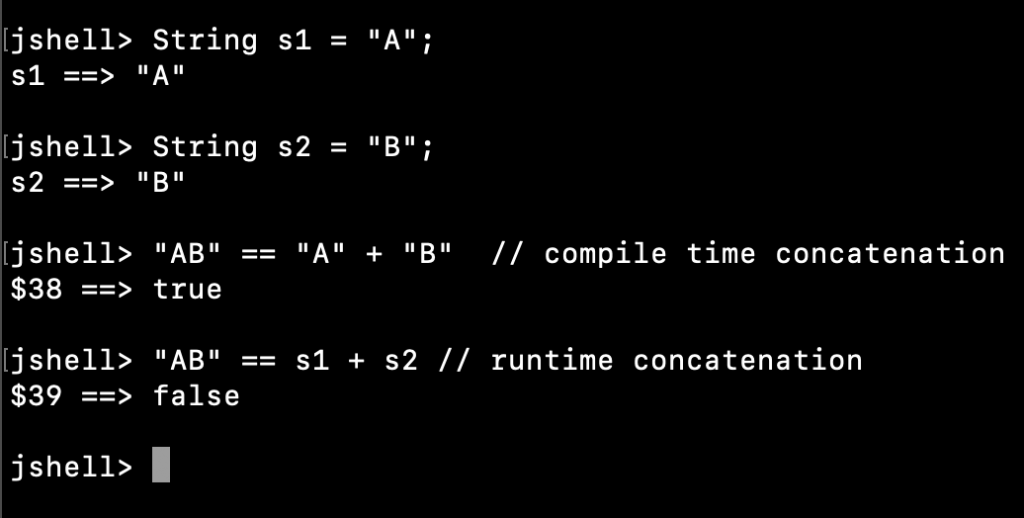Private inner class Java
Private inner class Java

I'm happy to respond in English and provide information on private inner classes in Java!
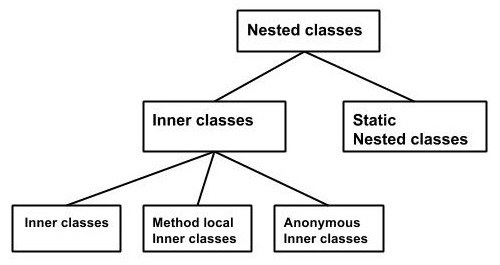
In Java, a private inner class is a nested class that has the private access modifier. This means it can only be accessed by the outer class itself, not by any other classes or methods.
Here's an example of how you might define a private inner class:
public class OuterClass {
private class InnerClass {
// code here
}
}
As you can see, the InnerClass is defined inside the OuterClass, and it has the same access level as the outer class (private). This means that only the OuterClass itself can access and use the InnerClass.
Private inner classes are useful when you want to encapsulate some logic or functionality within an object, but don't want other objects or classes to have access to it. For example, let's say you're creating a game where each level has its own unique rules and behaviors. You could define a private inner class inside the Level class that contains methods and variables specific to that level. This way, only the Level class itself can use those methods and variables.
Here are some key benefits of using private inner classes:
Encapsulation: Private inner classes help encapsulate logic or functionality within an object, making it harder for other objects or classes to access or modify. Organization: Nested classes can help keep your code organized by grouping related logic together in a single class. Code reuse: Inner classes can share variables and methods with the outer class, reducing code duplication.However, there are also some potential drawbacks to consider:
Limited accessibility: Private inner classes are only accessible within the same class or its subclasses, which might limit their usefulness if you need to access them from other parts of your program. Over-engineering: Using private inner classes can lead to over-engineering if you're trying to solve a problem that's too complex for what it is. Make sure you really need to encapsulate something before doing so!To illustrate the usage, here's an example code snippet:
public class Level {
private class LevelLogic {
public void doSomething() {
System.out.println("Doing something specific to this level");
}
}
public void playLevel() {
LevelLogic logic = new LevelLogic();
logic.doSomething(); // Works because it's within the same class
}
}
In this example, LevelLogic is a private inner class that contains methods and variables related to playing a level. The playLevel() method creates an instance of LevelLogic and calls its doSomething() method.
That's a wrap! Private inner classes in Java can be powerful tools for encapsulating logic or functionality within objects, but use them judiciously to avoid over-engineering your code.
What is the inner class in Java with an example?

I'll respond in English for you.
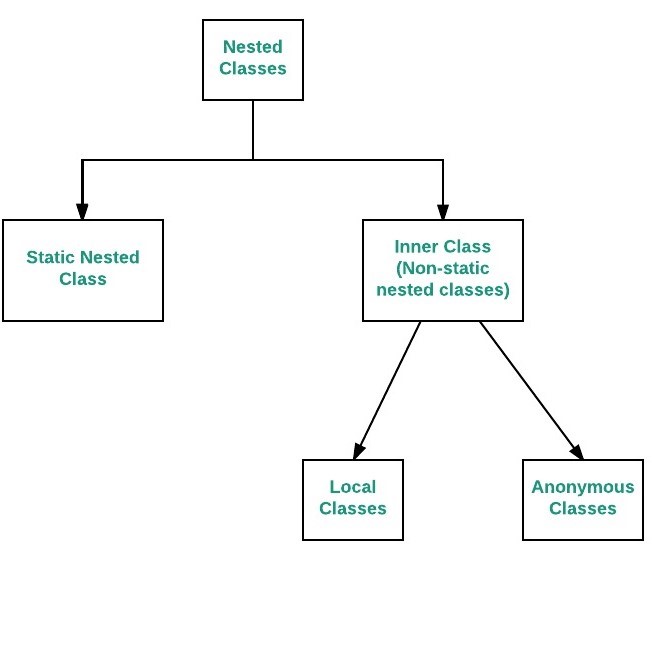
An inner class, also known as a nested class, is a class that is defined inside another class. The outer class can have multiple inner classes, and each inner class has access to the outer class's variables and methods.
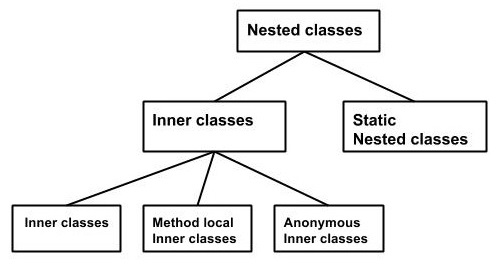
Here's an example:
Let's say we're building a simple banking system in Java. We have an Account class that represents a bank account, and we want to create an InterestCalculator class that calculates the interest earned on the account balance.
public class Account {
private double balance;
public Account(double initialBalance) {
this.balance = initialBalance;
}
public void deposit(double amount) {
this.balance += amount;
}
public void withdraw(double amount) {
this.balance -= amount;
}
public class InterestCalculator {
public double calculateInterest() {
// Assume 5% interest rate
return this.balance * 0.05;
}
}
}
In this example, InterestCalculator is an inner class of Account. It has access to the balance variable and methods (like deposit and withdraw) defined in the outer Account class.
You can create instances of the inner class like this:
public class Main {
public static void main(String[] args) {
Account account = new Account(1000.0);
InterestCalculator calculator = account.new InterestCalculator();
account.deposit(500.0);
double interestEarned = calculator.calculateInterest();
System.out.println("Interest earned: " + interestEarned);
}
}
In the Main class, we create an instance of Account, and then create an instance of its inner class InterestCalculator using the account.new InterestCalculator() syntax. We can then call methods on the inner class like calculateInterest(). This way, we can encapsulate functionality related to the outer class's state (like balance) within the inner class.
Inner classes are useful for creating utility classes or helper classes that are tightly coupled with the outer class's implementation. They also help to group related functionality together and keep the code organized.
Note that there are two types of inner classes: static and non-static. Static inner classes do not have access to the outer class's instance variables, while non-static (or regular) inner classes do. In this example, we used a non-static inner class since it needs to access the balance variable defined in the Account class.
I hope that helps!
